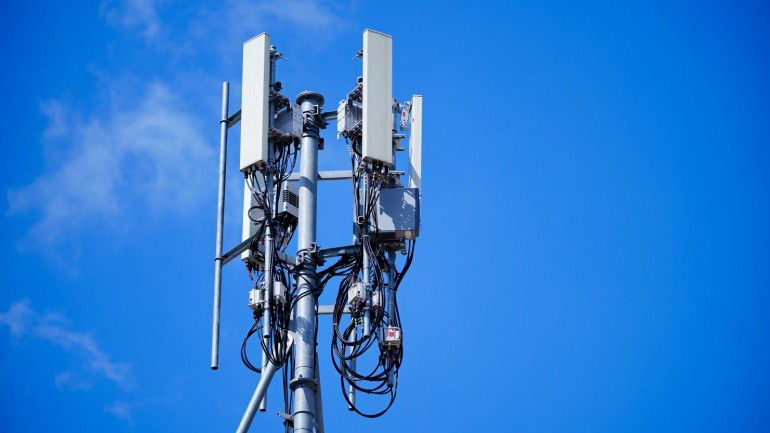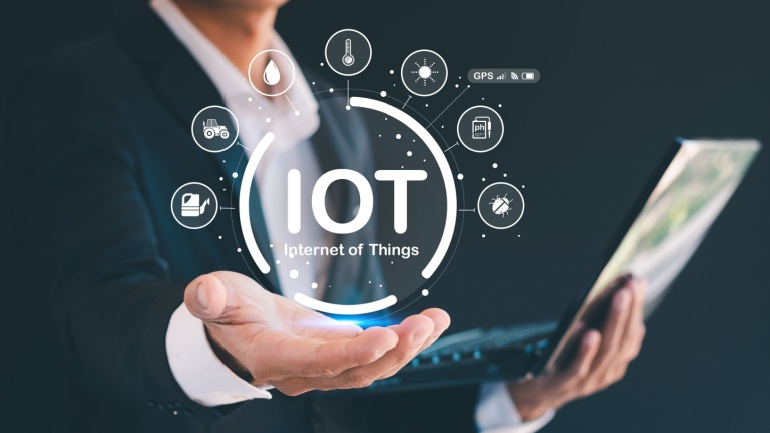Samsung Electronics and KDDI today announced the companies have signed a Memorandum of Understanding (MOU) to form a 5G Global Network Slicing Alliance. Through this new alliance, the companies will work together to introduce an array of commercial 5G network slicing services and assess new business models based on this innovative technology.
Japanese mobile operators KDDI and Rakuten Mobile forge a new roaming agreement to boost network coverage, enhance connectivity, and reduce financial burden while streamlining 4G infrastructure utilization and 5G network rollout.
Two Japanese telecommunications providers, SoftBank and KDDI, have drawn up a plan to invest a total of $38 billion in fifth-generation wireless networks in Japan over the next 10 years. The country is seeking to close the gap between itself and its neighbors, China and South Korea, who have taken the lead in rolling out this ultra-fast technology. The 5G technology is expected to provide a large-scale boost to the country’s economy, benefiting a variety of industries, from Internet services to the automotive industry. Currently, 5G coverage across Japan remains very limited, mainly focused on Tokyo and other major population centers. Both operators plan to invest $19 billion each. For Japan’s 5G network, SoftBank plans to build 350,00 base stations nationwide, of which 50,000 are expected to be completed by March of 2022, and 200,000 more by 2025. Meanwhile, KDDI, which currently has less than 10,000 base stations,…
Hewlett Packard Enterprise and Nvidia’s AI factory solutions propel AI adoption, featuring AI-ready RTX PRO Servers and HPE Private Cloud AI. Merging Nvidia’s tech with HPE’s ecosystem, they offer a complete AI framework for enterprises.
Semtech Corporation has launched advanced 5G initiatives, featuring the EM9492 and EM9295 modules powered by Qualcomm technology. The EM9492 enhances high-end IoT devices, while the EM9295 balances cost and performance for wider 5G adoption.
DigitalBridge’s acquisition of JTower marks a pivotal move, furthering infrastructure growth essential for next-gen networks. By obtaining a 75% stake, DigitalBridge showcases confidence in JTower’s capacity to meet evolving communications needs.
Red Hat’s latest OpenStack Platform update, known as Red Hat OpenStack Services on OpenShift, targets communications service providers (CSPs) to unify traditional and cloud-native networks. Paired with OpenShift’s Kubernetes-based platform, this release offers scalability and flexibility across hybrid cloud environments. Enhanced with Ansible integration and improved observability, it supports cutting-edge AI workloads.
DigitalBridge has initiated a tender offer to acquire Japanese tower firm JTower, offering a 152% premium valued at JPY93 billion ($630 million). This strategic move aims to address growing pressures in the telecommunications sector from the deployment of Beyond 5G and 6G technologies. With NTT and NTT Docomo tendering their stakes, the acquisition promises enhanced infrastructure-sharing capabilities.
Soracom, a KDDI division, has integrated generative AI into its cellular IoT platform, launching Soracom Flux and Soracom Query Intelligence. These tools simplify IoT deployments, empowering non-technical users to manage data and connectivity efficiently. Enhanced with AI, these services promise to revolutionize how industries implement and manage IoT networks.
In a recent development, the Japanese government has passed a significant amendment to longstanding telecom regulations, marking a pivotal moment for NTT, the country’s telecom giant. The amendment, announced by NTT on Wednesday, encompasses several key changes, including the liberation from R&D information sharing obligations and the allowance for non-Japanese directors on its board.













